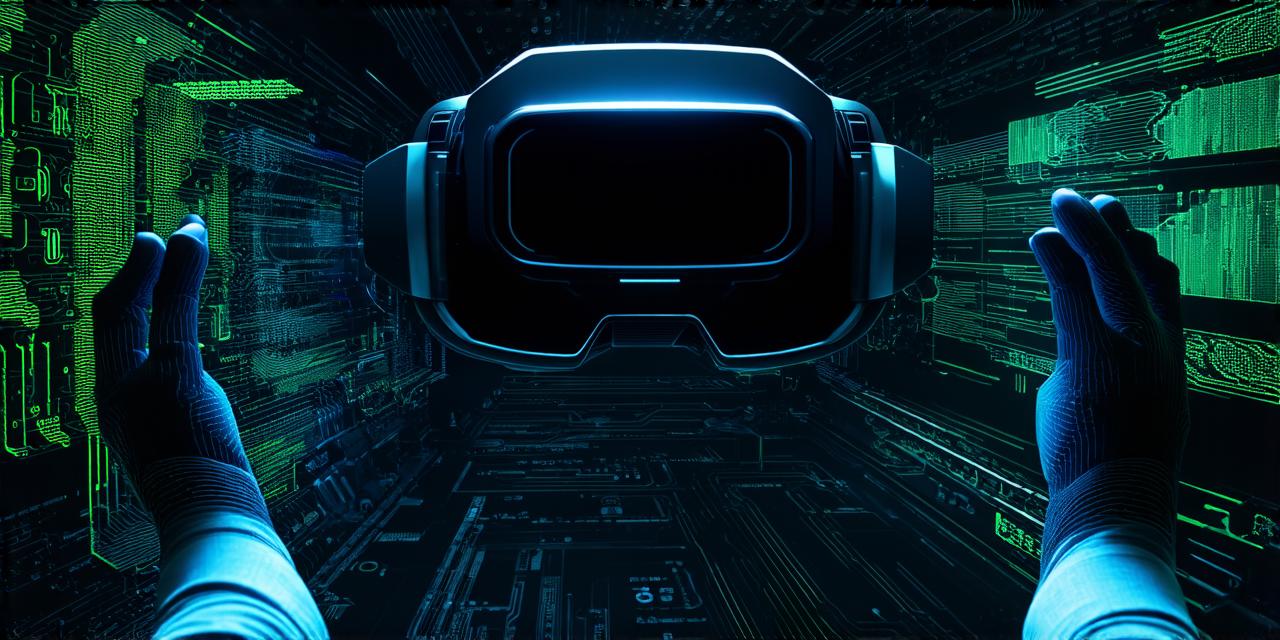Understanding Virtual Reality Development
Virtual reality development involves creating immersive experiences for users by building virtual environments and interactive elements. These environments can be customized to fit specific needs, such as simulating a training environment or a game environment.
VR development requires specialized skills in programming, design, and user experience (UX) design. There are several tools and software available for creating VR experiences, including Unity, Unreal Engine, and A-Frame.
The Importance of Virtual Reality Development
Virtual reality development is becoming increasingly important as the technology continues to evolve. One of the main benefits of VR development is that it allows users to interact with virtual environments in ways that were previously impossible.
This can be particularly useful for industries such as healthcare, where VR can be used to simulate surgical procedures or treat phobias and anxiety disorders.
Virtual reality can also be used for training purposes, allowing employees to practice skills in a safe environment. For example, pilots can practice flying in a virtual environment before taking to the skies in a real plane. This not only saves time and money but also reduces the risk of accidents.
In addition to these practical applications, VR development can also be used for entertainment purposes. Games, movies, and other forms of media can be experienced in a fully immersive way, allowing users to become part of the story or game world. This has already led to the creation of some truly amazing experiences, such as “Beat Saber” and “Job Simulator.”
Case Studies in Virtual Reality Development
There are numerous examples of virtual reality development being used in various industries.
Healthcare
Virtual reality can be used to simulate surgical procedures, allowing doctors and nurses to practice their skills in a safe environment. This not only improves their performance but also reduces the risk of accidents during actual surgeries.
For example, the University of California, San Francisco (UCSF) has developed a VR program called “MedRealities” that allows medical students to practice surgical procedures in a virtual environment. The program uses realistic 3D models and haptic feedback to simulate surgical procedures, allowing students to gain valuable experience without risking patient safety.
Education
Virtual reality can be used to create immersive learning experiences for students. For example, the University of Maryland’s Smithsonian Institute has developed a VR program called “The Escape Room” that teaches students about the history and culture of Egypt.
The program uses interactive elements and puzzles to engage students and make learning fun.
Training
Virtual reality can be used for training purposes in a variety of industries, including aviation, military, and manufacturing. For example, Boeing has developed a VR program called “Strike Eagle” that allows pilots to practice flying in a virtual environment.
The program uses realistic graphics and physics engines to simulate real-world flying scenarios, allowing pilots to gain valuable experience without risking their lives or the lives of others.
The Future of Virtual Reality Development
Virtual reality development is still in its early stages, but it’s already making a significant impact on various industries. As the technology continues to evolve, we can expect to see even more creative and innovative uses for VR development.
One area where VR development is likely to have a major impact is in the field of mental health. Virtual reality can be used to treat phobias and anxiety disorders by exposing patients to their fears in a controlled environment.
